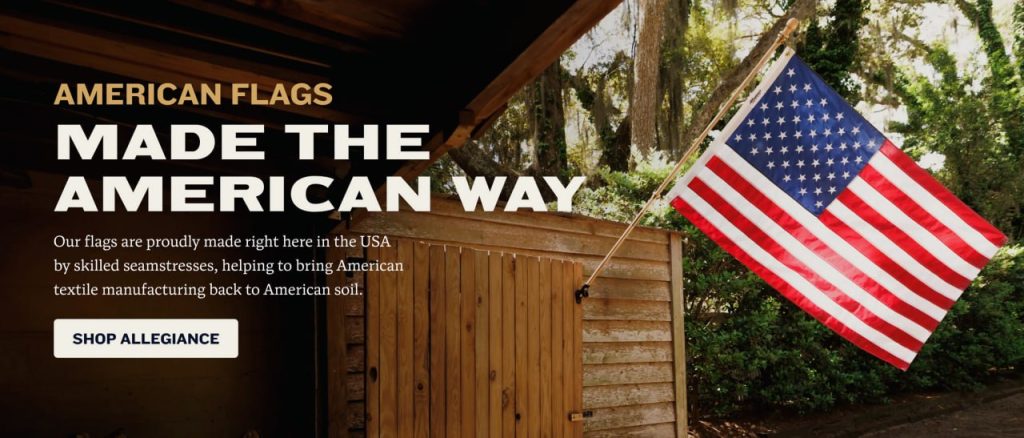AARP UnitedHealth is the phrase elites hoped you’d never say out loud, because it points to a stunning $9.06 billion royalty deal that quietly rewired senior advocacy around corporate profit.
The AARP UnitedHealth royalty that changed everything
In 2024, UnitedHealth paid AARP a one-time, upfront royalty just over $9 billion to keep selling AARP-branded Medicare products—replacing monthly fees with a 12-year licensing advance. Meanwhile, AARP’s audited reports show royalties consistently dwarf membership dues, a pattern critics say creates an inherent conflict. And yes, the long-running AARP UnitedHealth relationship even includes a 4.95% royalty on Medigap premiums, according to reporting and congressional materials.

Why this AARP UnitedHealth tie raises red flags
When your “advocacy” brand gets paid off premiums, the incentive tilts toward higher prices and more sales—exactly what seniors don’t need. It’s not new: in 2017 alone, AARP reportedly took in about $627 million from UnitedHealth, far outpacing dues—proof that the business model rests on corporate royalties.
Corporate power and the AARP UnitedHealth machine
As scrutiny of Medicare Advantage billing intensifies, UnitedHealth has acknowledged cooperating with federal civil and criminal probes, while denying wrongdoing—yet AARP has stayed largely quiet about how those outcomes might affect its royalty stream. Journalists and policy analysts have documented how insurers captured billions in extra payments through Medicare Advantage, raising further questions about who benefits—and who pays.
Testimony from the ground: trust, shaken
“I trusted the brand,” says Linda, a 72-year-old retiree on an AARP-branded plan. “Then I learned about the AARP UnitedHealth royalties. Now every premium notice feels like a kickback receipt.” (Name changed.) Millions saw AARP as a shield. But if the shield depends on insurer cash, it can start to look like a sales funnel.

The suppressed fix they don’t want discussed
The obvious remedy is sunlight: mandatory disclosures, firewalls between advocacy and licensing, and member votes on any AARP UnitedHealth contract renewals. Lawmakers should demand hearings on royalty-tied advocacy and whether seniors are nudged toward higher-cost options that fatten royalty streams.
Conclusion: demand answers—now
AARP UnitedHealth isn’t just a logo on a card—it’s a money pipeline shaping the choices seniors see every day. You may not be a senior right now, but your parents and grandparents more than likely are. Do you want to protect them and make sure no one is taking advantage of them as they age? If you are a senior, the question is: if advocacy is for sale, who protects your wallet? Will you ask your representatives to investigate the $9B deal before another premium comes due?
Think on this: Should a seniors’ advocate profit more when your premiums rise? And if not, who will put handcuffs on conflicted “nonprofits” tied to insurers?






